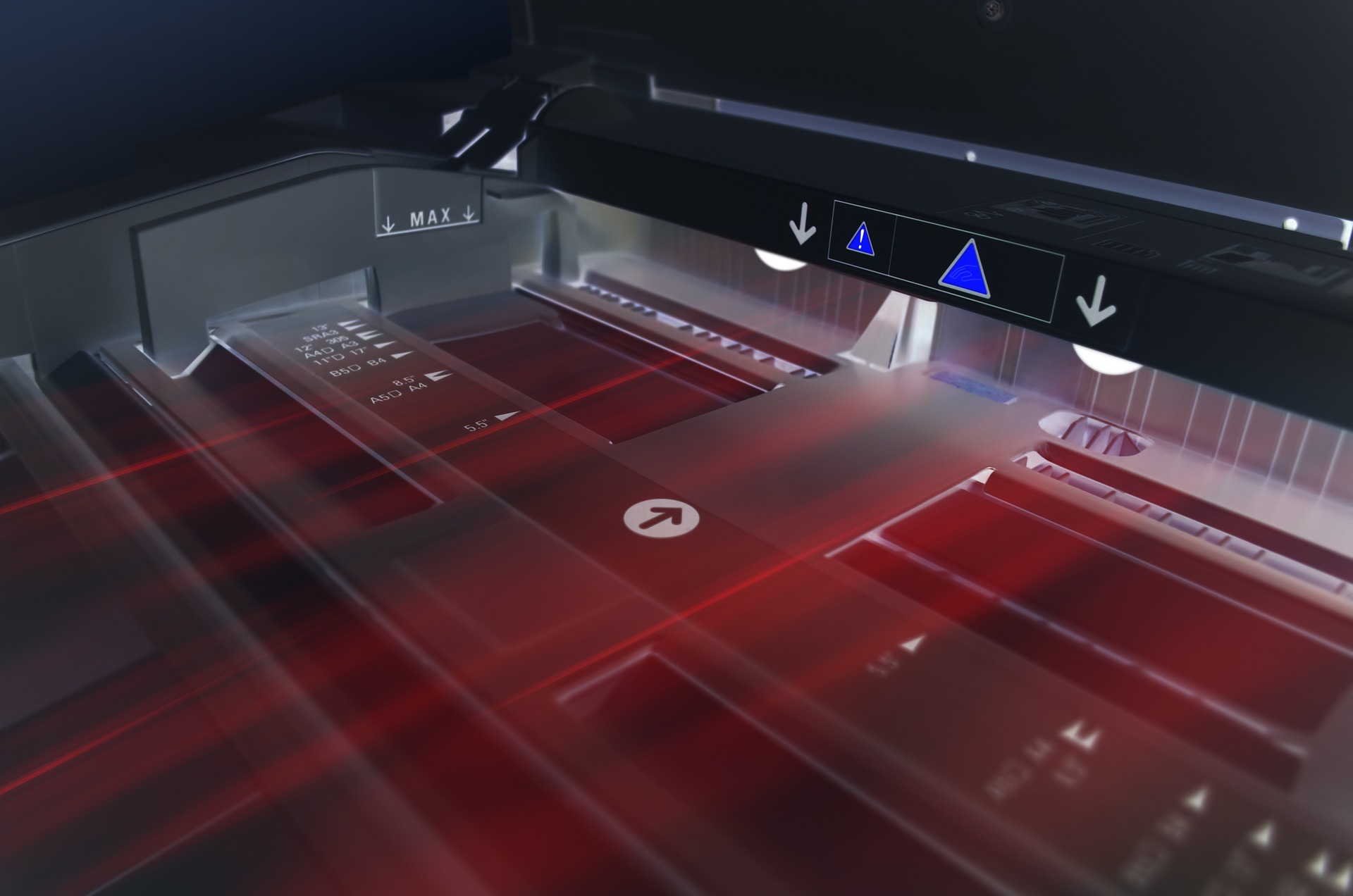Unveiling the Potential of Terahertz Technology in Telecommunications
The world of telecommunications is constantly evolving, generating waves of technological revolutions that have transmuted the way we connect, interact, and share information. One such development that promises to reshape the future of telecom is Terahertz (THz) technology. Often dubbed as the “final frontier” of the electromagnetic spectrum, these frequencies offer untapped potential for revolutionizing the telecom industry.
Dissecting Terahertz Technology: A Historical Overview
Terahertz technology, referring to the electromagnetic waves propagating at frequencies in the Terahertz range, is no new concept. It was first recognized in the 1980s, but its potential in telecommunications remained largely unexplored due to technological limitations. The past decade, however, has witnessed significant strides in THz research, propelling it into the limelight as a promising solution for the future of data transmission.
The State of Terahertz Technology: Current Trends and Developments
Presently, THz technology is a buzzing topic, attracting considerable interest from researchers and industry leaders alike. Advancements in semiconductor and laser technology have enabled the generation and detection of THz waves, paving the way for their potential application in high-speed, high-capacity communications. Moreover, the spectrum crunch in lower frequencies has made the underutilized THz band a lucrative prospect for future telecom networks.
Impact of Terahertz Technology on Telecommunications
The high frequency of THz waves allows for ultra-fast data transmission rates, theoretically capable of achieving speeds up to 100 Gbps. This would revolutionize high-definition content streaming, virtual reality applications, and real-time cloud services. However, the technology also faces significant challenges. THz waves are highly susceptible to atmospheric absorption, limiting their range. Additionally, the development of compact, energy-efficient THz devices remains a major hurdle.
Terahertz Technology: Practical Applications and Implications
Beyond telecommunications, THz technology holds promise in various other fields. In security, for instance, THz scanners could detect concealed weapons without the harmful effects of X-rays. In healthcare, THz imaging could offer non-invasive diagnosis of skin cancer. Addressing the challenges in THz technology would not only enhance telecom services but also unlock a myriad of applications impacting various sectors.
Deciphering the Future: Terahertz Technology in the Next Decade
The journey towards harnessing the full potential of THz technology is fraught with challenges. However, the ongoing research and advancements in the field signal a promising future. Overcoming the hurdles could usher in a new era of telecommunications, marked by unprecedented data speeds and capacity.
In conclusion, Terahertz technology offers an exciting prospect in the evolving telecommunications landscape. Amidst the challenges lie immense potential and opportunities that could redefine the way we transmit data, impacting not just telecommunications but various other sectors. As we stride into the future, the untapped world of THz frequencies could very well hold the keys to the next telecom revolution.






